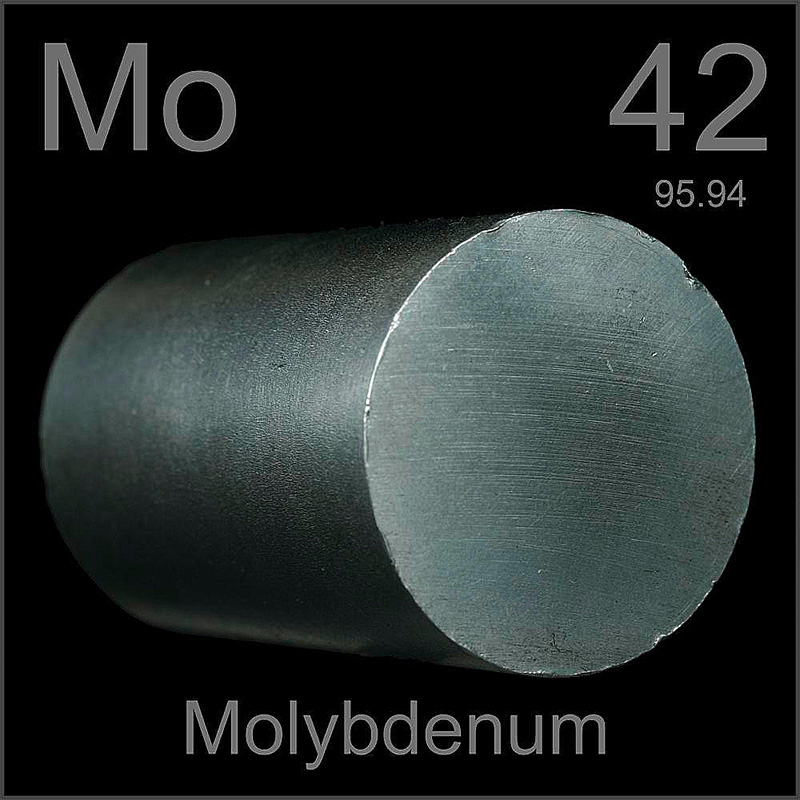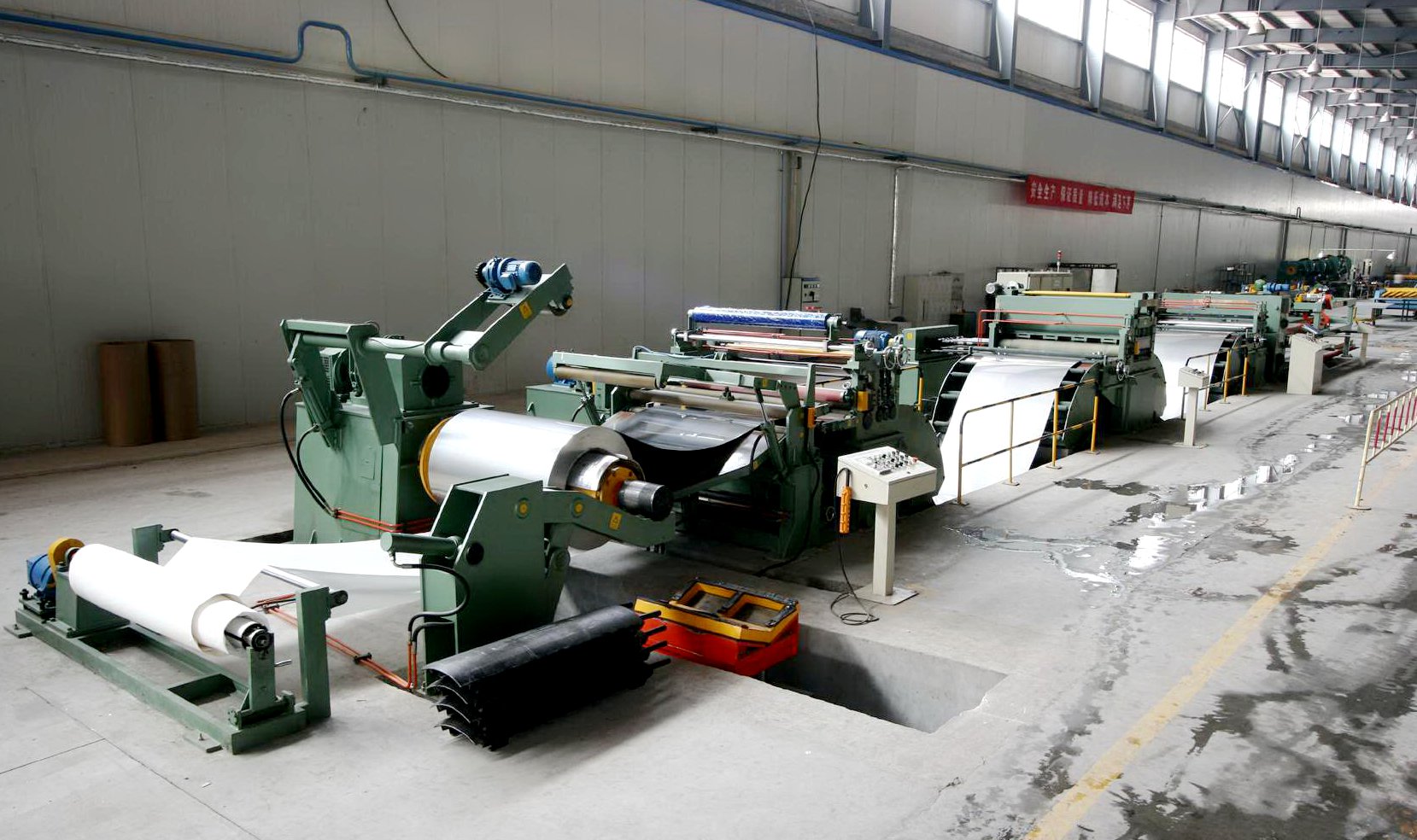Molybdenum, a transition metal, exhibits versatile oxidation states, primarily fluctuating between +6 and +5 during electron transfer in redox reactions. This element is vital not just biologically but also in metallurgy, especially in steel and alloy production. Molybdenum and ferromolybdenum serve as standard materials in steelmaking, with molybdenum oxide concentrates occasionally being used for the direct reduction in certain steel types. The Earth’s crust holds an estimated 19 million tons of molybdenum, with around 8.6 million tons being extractable.
Elemental Information:
Name: Molybdenum
Symbol: Mo
Atomic Number: 42
Atomic Volume: 95.94
Molybdenum’s Influence on Stainless Steel’s Microstructure and Heat Treatment
Molybdenum can dissolve in ferrite, austenite, and carbide, thereby reducing the austenitic phase region in steel.
Depending on its concentration, it forms cementite with iron and carbon at lower levels, and at higher concentrations, it leads to the formation of unique molybdenum carbides. In terms of enhancing steel’s hardenability, molybdenum is more effective than chromium but slightly less so than manganese. While molybdenum alone can increase steel’s temper brittleness, its combination with chromium, manganese, and other elements mitigates this effect.
Improving Mechanical Properties Through Molybdenum
Molybdenum significantly strengthens ferrite through solid solution strengthening and stabilizes carbides, thereby boosting steel strength.
It plays a critical role in enhancing the ductility, toughness, and wear resistance of steel. Molybdenum elevates the softening and recovery temperatures post-deformation, increases recrystallization temperature, and offers substantial improvement in ferrite’s creep resistance. It also hinders cementite aggregation and encourages special carbide precipitation, making it an essential element for steel’s creep strength.
Molybdenum’s Role in Physical and Chemical Properties of Stainless Steel
In magnetic steel with 1.5% carbon, adding 2%-3% molybdenum enhances residual magnetic induction and coercivity.
Molybdenum contributes to the passivation of steel surfaces in reducing acids and strong oxidizing salt solutions, boosting overall corrosion resistance and preventing chloride-induced pitting.
However, steel’s corrosion resistance decreases when molybdenum content exceeds 3%. While steel with less than 8% molybdenum remains workable, higher concentrations increase resistance to hot working processes.
Applications of Molybdenum in Stainless Steel
Molybdenum finds extensive use in various steel types, including quenched and tempered structural steel, spring steel, bearing steel, tool steel, stainless acid-resistant steel, heat-resistant steel, and magnetic steel.
Chromium-molybdenum steel serves as an alternative to chrome-nickel steel in manufacturing critical components across numerous applications. China is rich in molybdenum resources, though globally, reserves are not as plentiful. Consequently, the development of molybdenum-containing steel is particularly advanced in China.
Post time: Dec-25-2023






